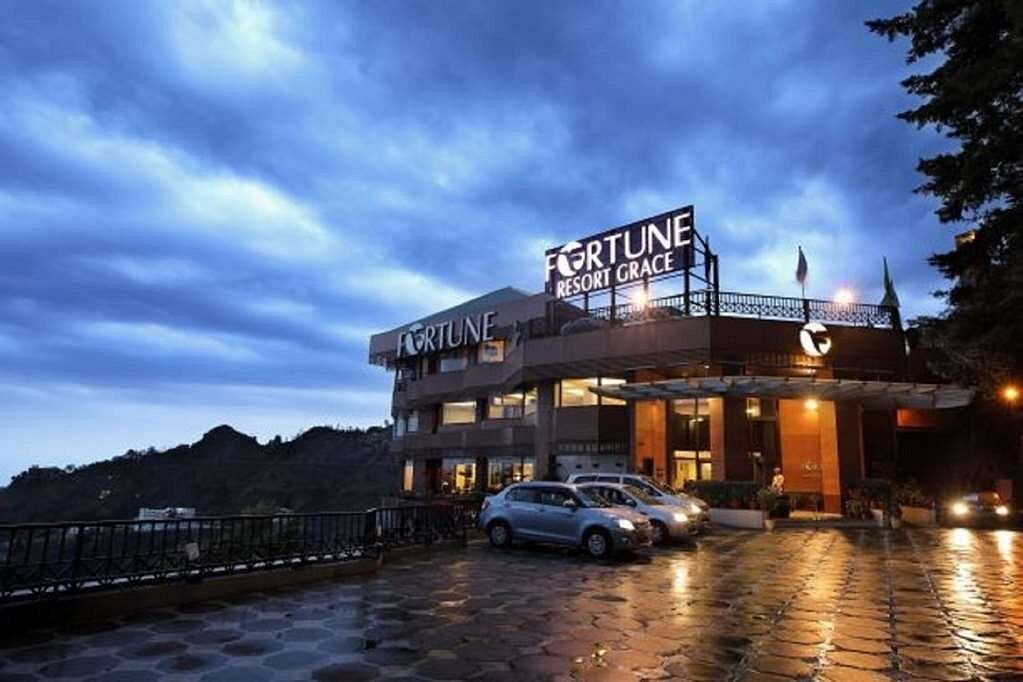Qutub Minar: A Guide to Delhi's Towering Monument
Explore the towering elegance of Qutub Minar in Delhi with our detailed guide. Uncover its rich history, stunning architecture, entry information, and best visiting times for a memorable trip to this UNESCO World Heritage Site.

Nestled in the heart of New Delhi, Qutub Minar stands as an iconic testament to India's rich history and architectural grandeur. This UNESCO World Heritage Site is a masterpiece of Indo-Islamic architecture and is a must-visit for history buffs and tourists alike. In this comprehensive guide, we'll take you on a journey through the history, architecture, and practical details you need to explore the fascinating world of Qutub Minar.
Location: Google map link
Qutub Minar is situated in the Mehrauli area of New Delhi, India.
History:
- Qutub Minar is a UNESCO World Heritage Site and a symbol of Delhi's rich history.
- Built by Qutb-ud-din Aibak, the first ruler of the Delhi Sultanate, in 1193.
Architectural Style:
- A masterpiece of Indo-Islamic architecture.
- The complex features various structures, including the iconic minaret.
Height:
- Qutub Minar stands at an impressive 73 meters (240 feet), making it one of the tallest brick minarets in the world.
Materials:
- Made of red sandstone and marble.
- The minaret is adorned with intricate carvings and inscriptions.
Features:
- The complex includes the Qutub Minar, the Quwwat-ul-Islam Mosque, the Alai Darwaza, and the Iron Pillar of Delhi.
- The Iron Pillar, an engineering marvel, has not rusted in over a thousand years.
Visiting Hours:
- Open every day of the week.
- Timings: Sunrise to sunset.
Entry Fee:
- Ticket prices for Indian nationals: INR 40
- Ticket prices for foreign tourists: INR 600
- Free entry for children below 15 years of age.
Best Time to Visit:
- The months of October to March offer the most pleasant weather for exploring the complex.
Photography:
- Photography is allowed, but drone photography is prohibited.
Guided Tours:
- You can hire a professional guide for a deeper understanding of the history and architecture.
Dress Code:
- Dress modestly, covering your arms and legs, as a mark of respect.
Food and Refreshments:
- The complex doesn't have restaurants, but there are nearby options to enjoy Indian and international cuisines.
Significance:
- The Qutub Minar complex is not only an architectural marvel but also a historical treasure showcasing India's cultural diversity and heritage.
- It's a popular site for both tourists and history enthusiasts.
Conclusion: Exploring Qutub Minar is a journey into the heart of Delhi's history and architectural excellence. Plan your visit to this iconic monument, where every stone tells a story of India's rich past.












